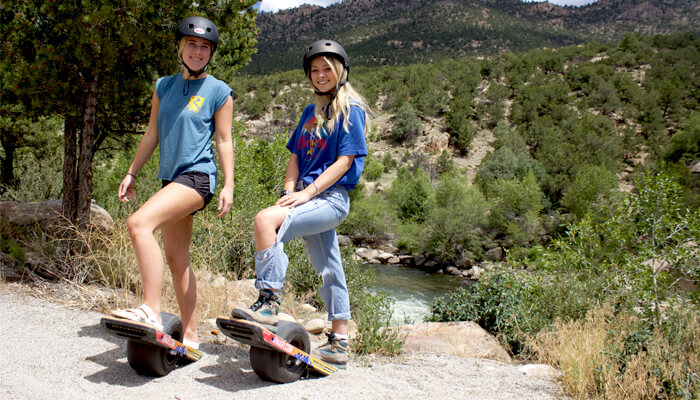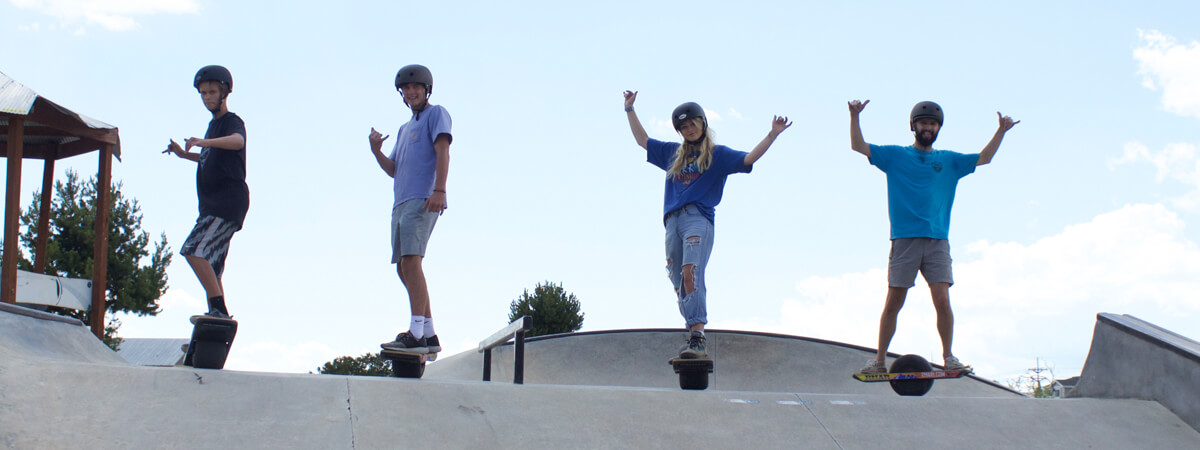Onewheels for beginners
How to start, How to turn, How to Stop
First Step: Get to know the Onewheel App
Onewheel has an app and it’s quite slick. It allows the user to put the board into different modes for different speeds and terrain. We recommend starting in the beginner (Sequoia) mode.
How fast can Onewheels go in each mode?
[12 MPH] Mode: Sequoia
Where beginners should start. Very playful and more town oriented.
[15 MPH] Mode: Cruz
In the exact middle of playful vs aggressive and town vs trail.
[19 MPH] Mode: Mission
Leaning towards playful more than aggressive and more suited to the town vs the trail but still very ready to be a bit more aggressive and on trail if need be.
[19 MPH] Mode: Elevated
Recommended for hill climbing and park riding. A good mix of playful vs aggressive and town vs trail.
[20 MPH] Mode: Delirium
This is your aggressive trail riding mode. Very responsive and “eats singletrack for breakfast”.
[20 MPH] Mode: Custom
Feel free to customize your own setting.
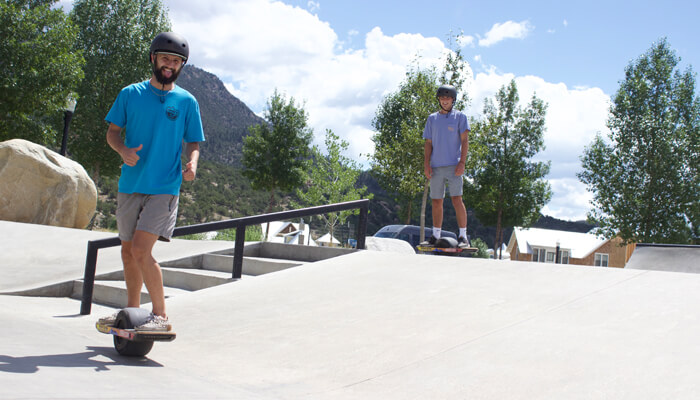
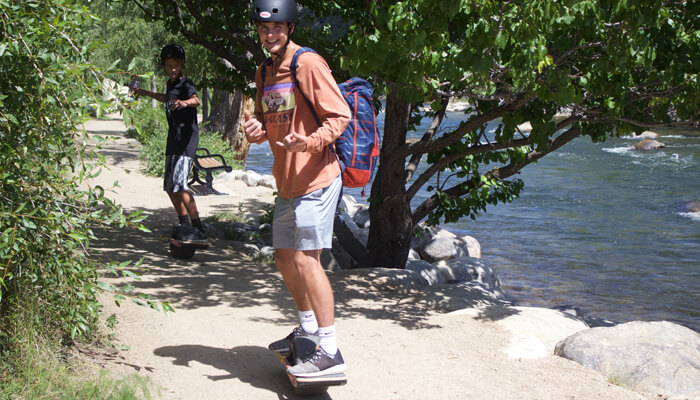
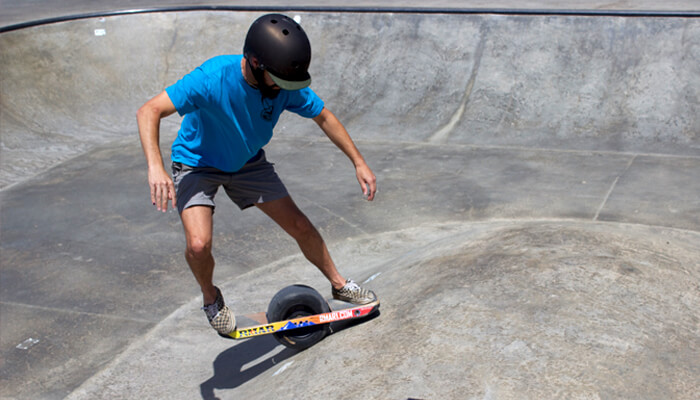
Onewheel: How to get started
Much like a skateboard, to get started on a Onewheel, you position one end of the board angled down towards the ground with the other end of the board up in the air. Depending on whether or not you naturally ride regular footed (left foot in front) or goofy footed (right foot in front) will determine which foot you start with. For sake of discussion, lets assume you are riding regular foot (left foot forward). Step on the back of the board with your right foot and then step on the front with your left foot.
Get Balanced
To start off, the end of the board that is in the air has a line separating where the users front foot toes will be and where the heel of your shoe will be putting pressure on the board. The motor in the board will not activate unless there is pressure in the toe and heel area. The Onewheel allows its rider to get balanced first before activating the motor inside. Once the board is level and stable, you will be able to lean forward or backward to tell the board in which direction you want it to accelerate.
Get ready to have some wobbly legs!
If your legs are not used to the sensation of balancing on a single focal point, the stabilization muscles in your legs are going to be working very hard to keep your weight balanced over this single point. An athletic stance helps with the balancing aspect of learning.
Build Momentum
Once you get a little momentum, you’ll notice that there seems to be a perfect angle that allows the board to accelerate. We found the board to be very responsive when we leaned in the opposite direction of our momentum with intentions of slowing down or eventually rolling in the opposite direction. We were also very impressed with Onewheel’s ability to accelerate uphill and over inclined terrain.
Beware of Pushback
The Onewheel responds right away and slows you down at a reasonable rate. However, if you are not ready for this slow down, we can see how a user may remain at a faster speed while the board remains at a slower speed resulting in the user flying forward. The Onewheel website calls this “pushback”.
The all important dismount
Once a Onewheel’s rider has had enough fun, it is time to dismount safely. A novice or beginner dismount is coming to a stop and jumping off the board with both feet at the same time. A pro dismount and the main way Onewheel likes to be dismounted is coming to a stop, lifting your left heel for regular riders and right heel for goofy riders off the board. The riders toes will still be on the board. Then, tilt the board back on the same side that was previously on the ground when mounting. Make sure to remember which foot has the sensor underneath it!
Onewheel Rentals
Full Day: $75
Half Day: $50
Season: May - October
Rental Locations:
Vail, Colorado
970-471-8491
Buena Vista, Colorado
719-966-5233
Helmets and safety pads are provided with each Onewheel rental.
